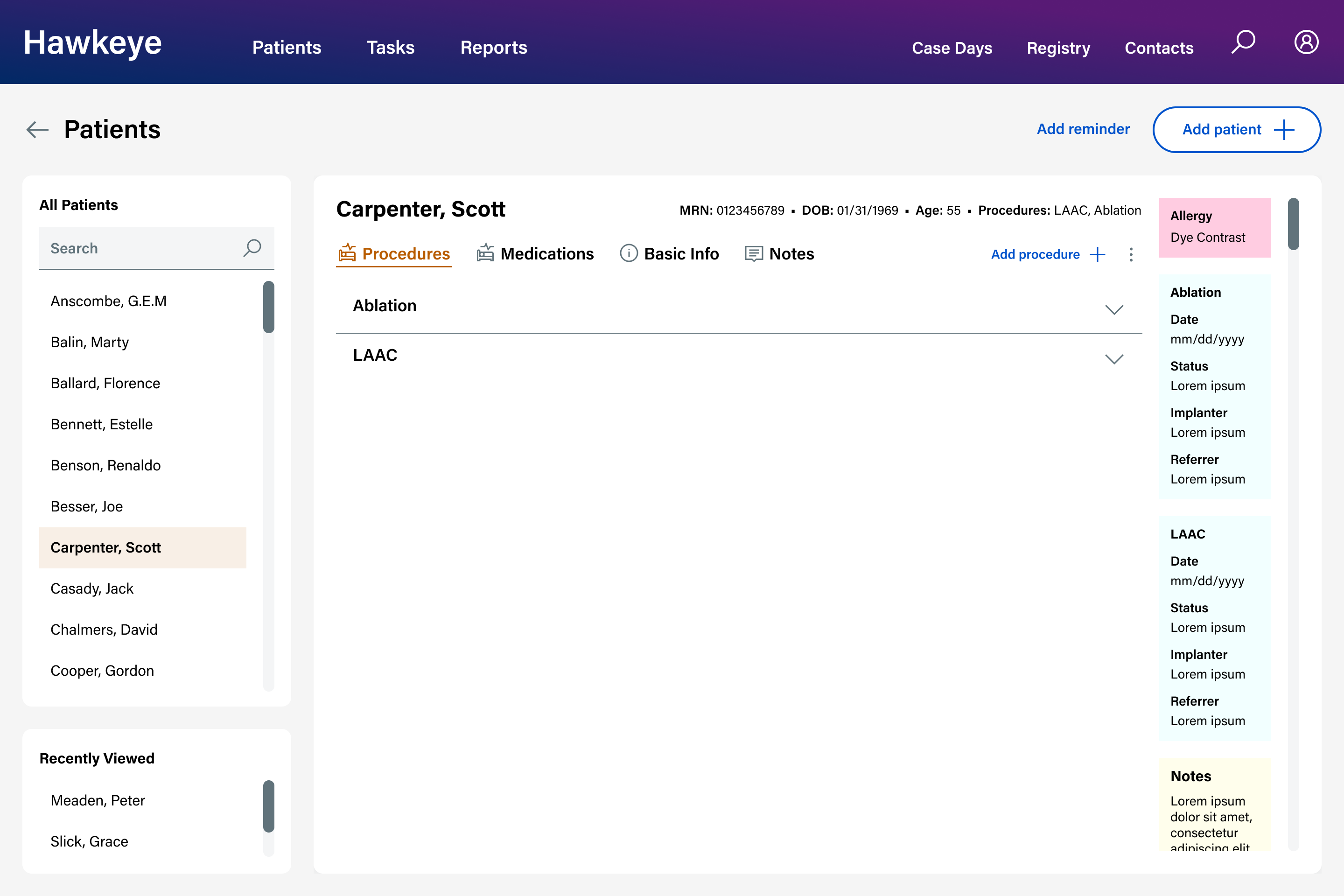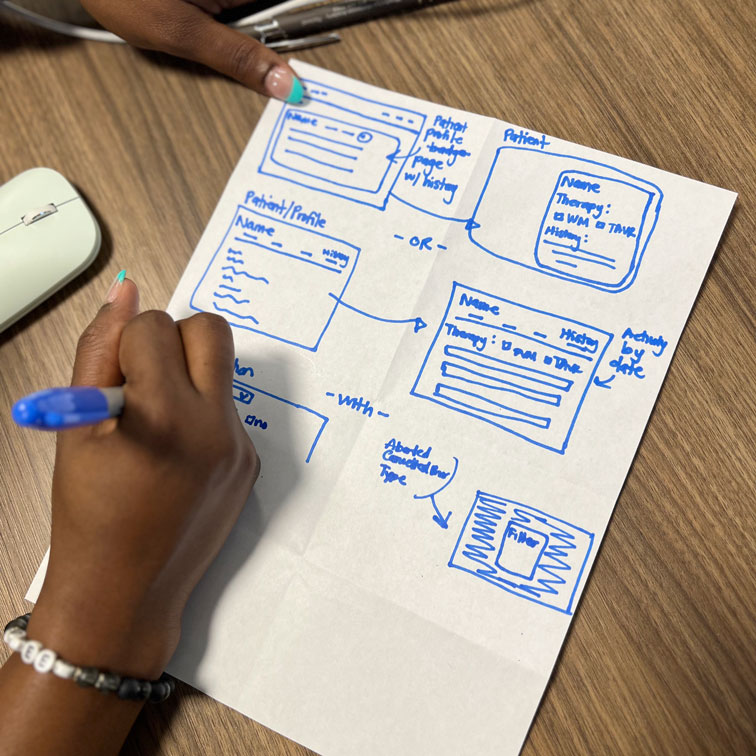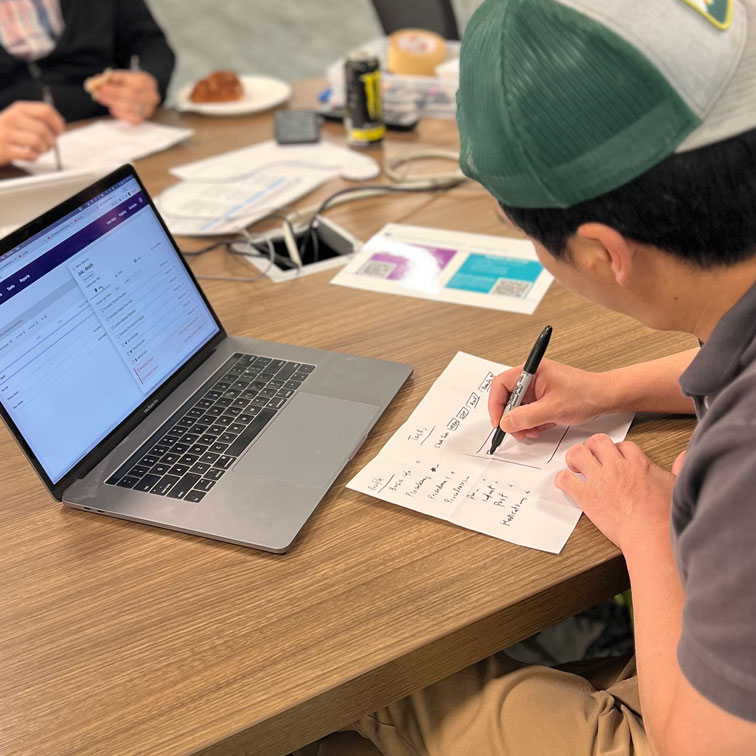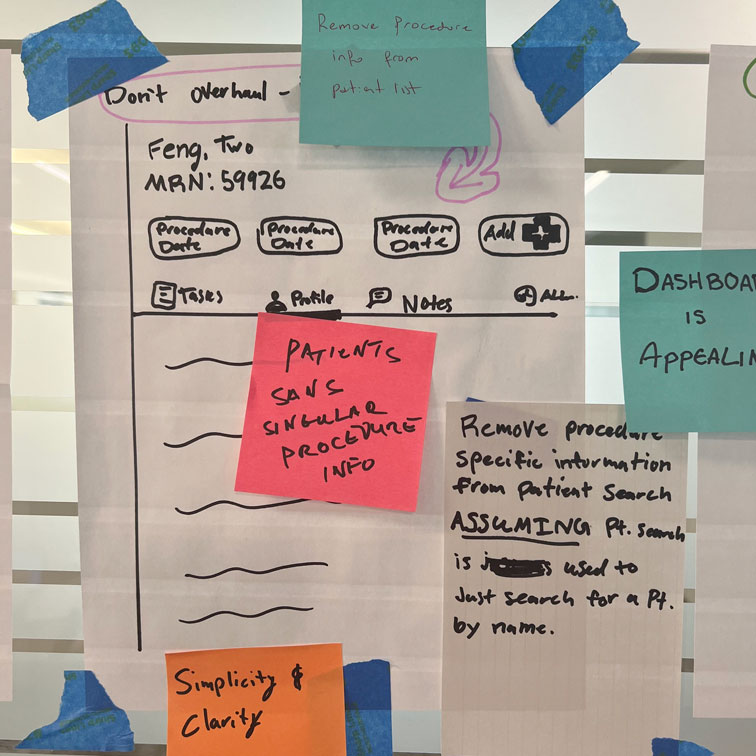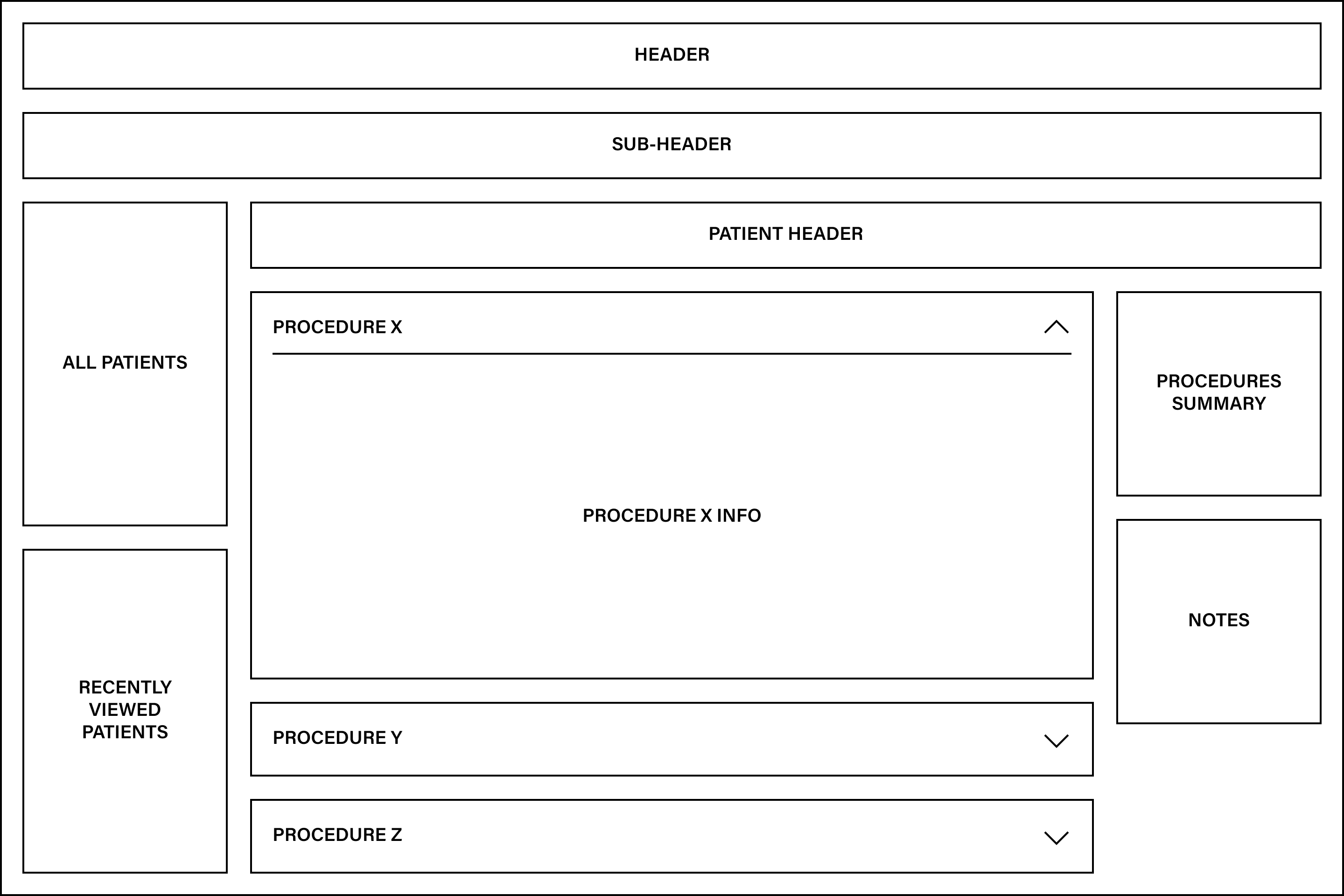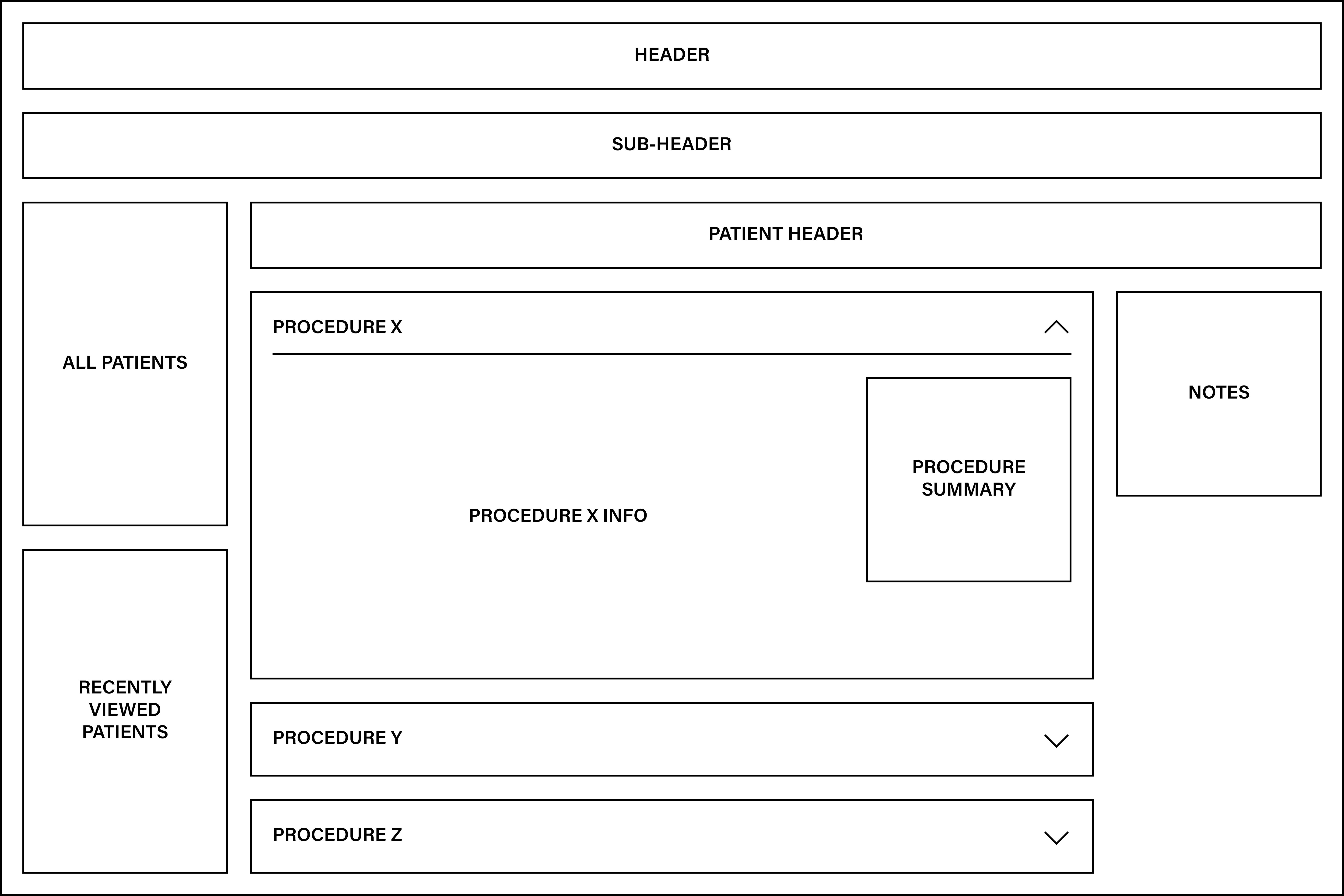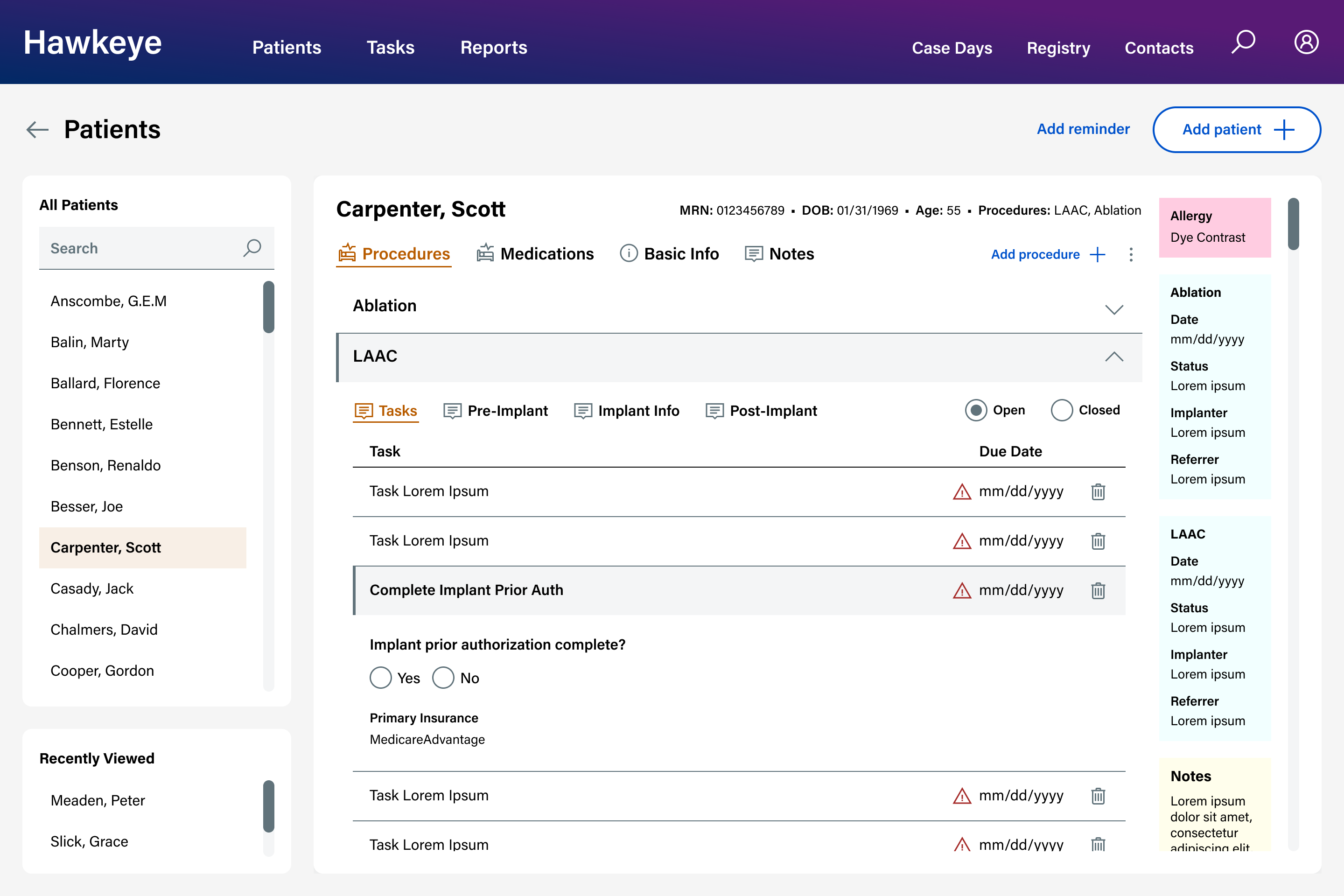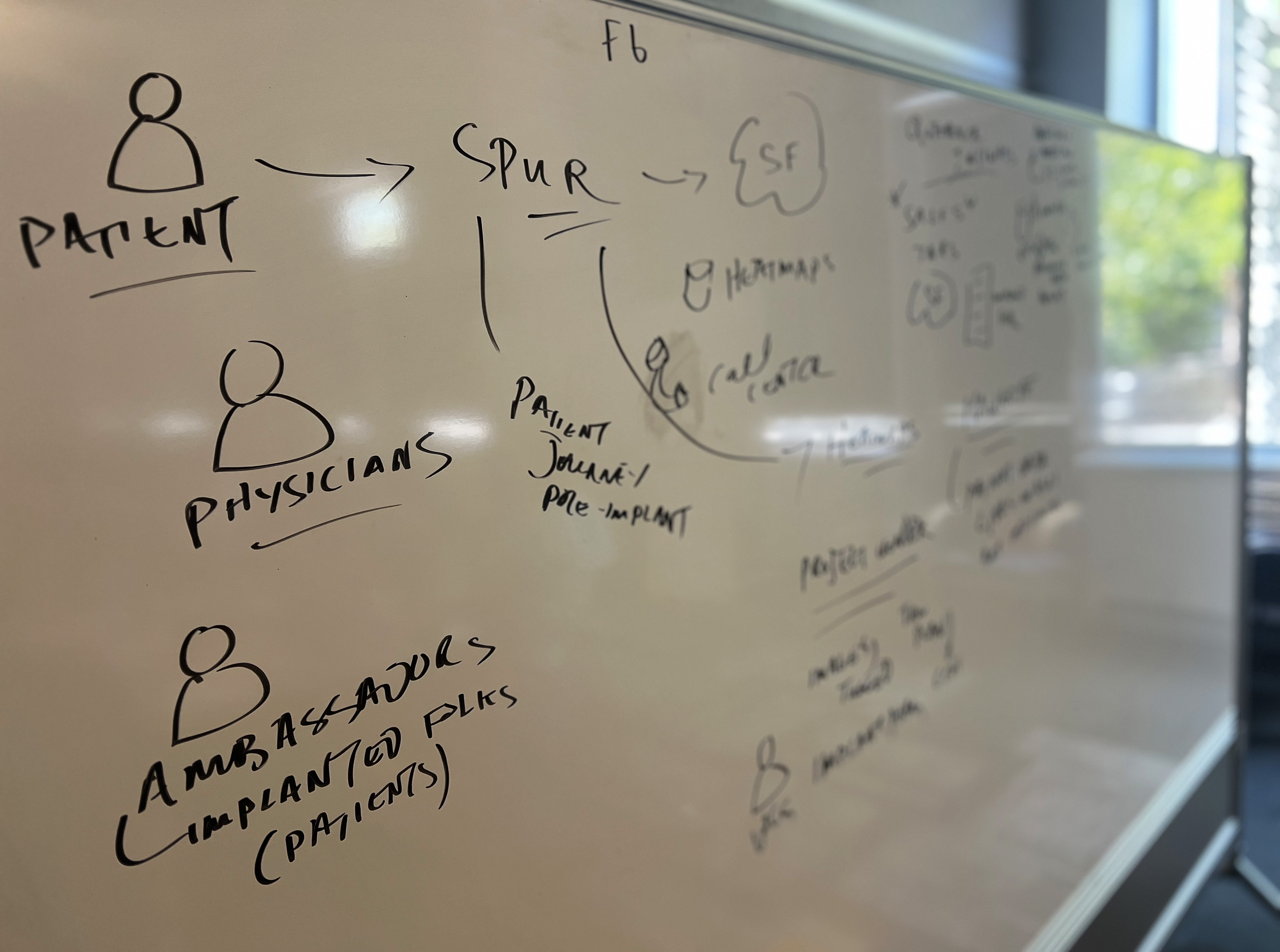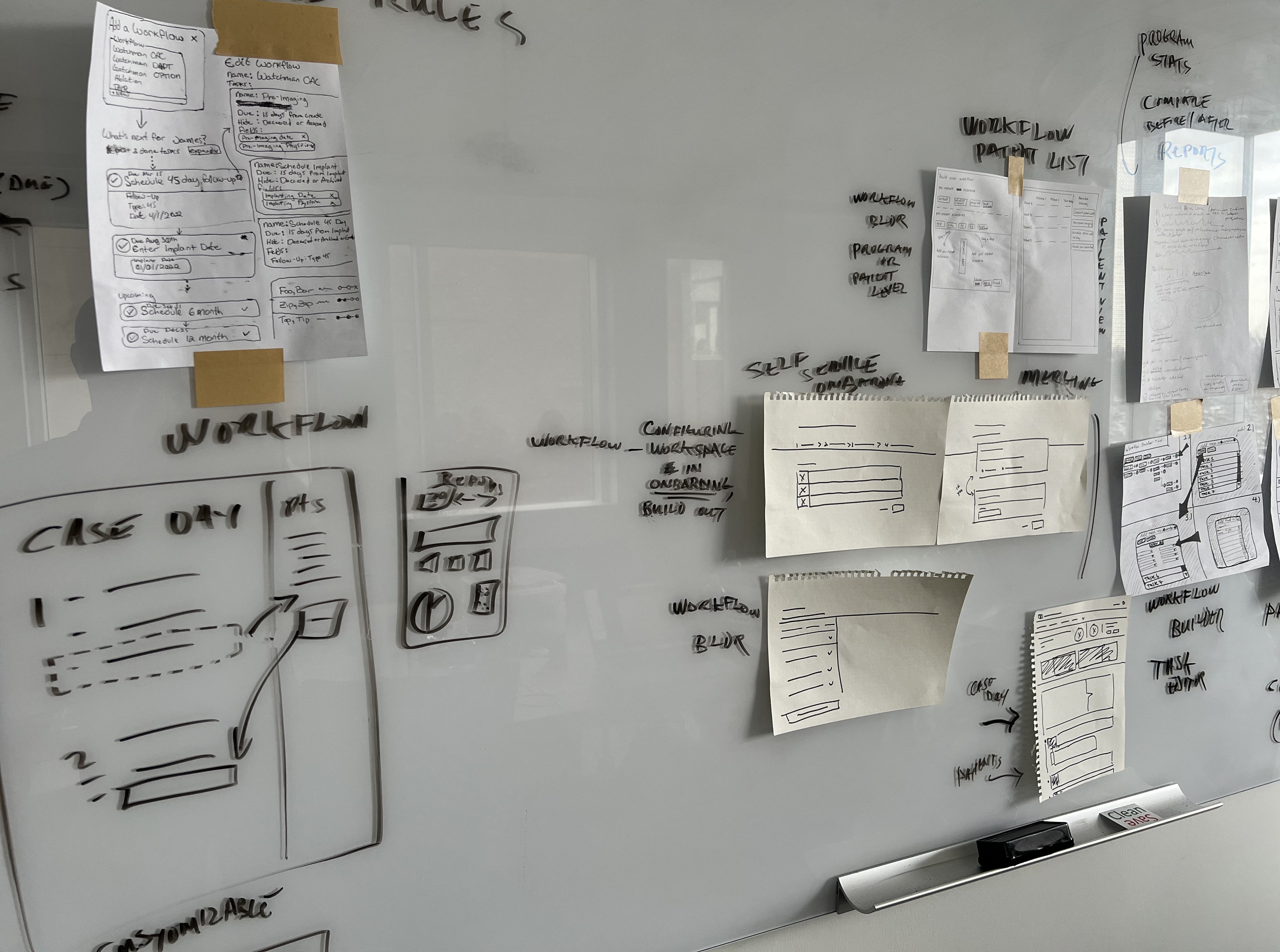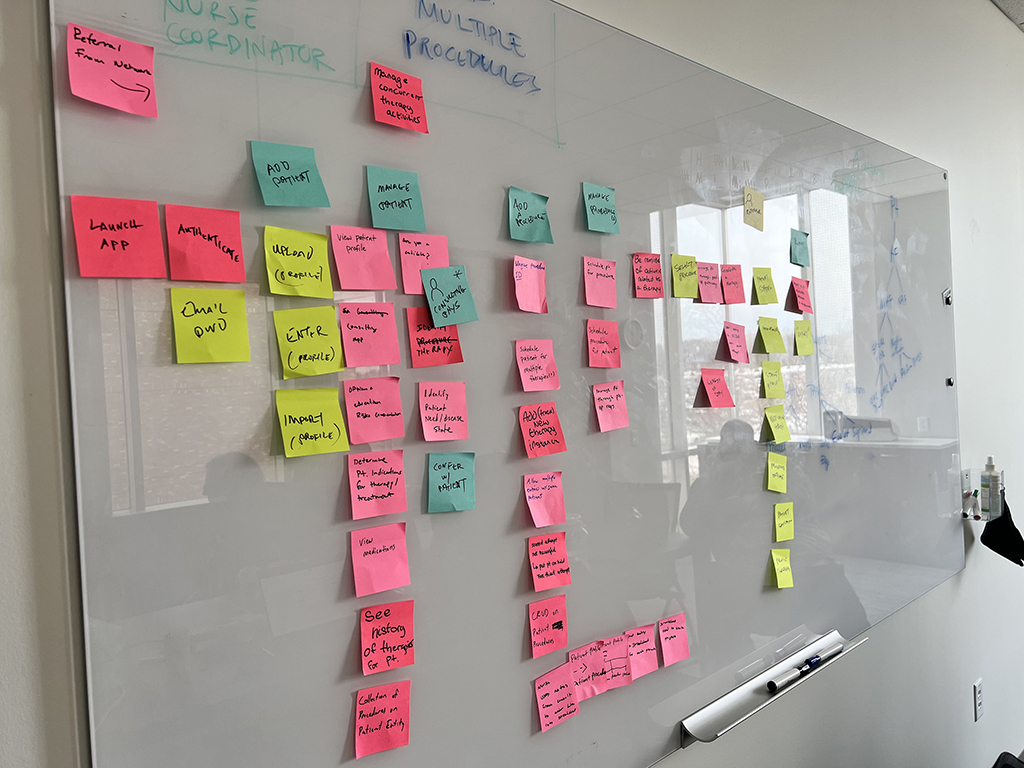Background
Product Description
This work sample is about optimization of workflow management software in digital health.
Hawkeye is a web-based product whose customers manage the patient journey from post-referral through post-procedure milestones.
The product’s primary users are nurses who coordinate AFib therapies within cardiovascular programs supported by Hawkeye.
Core Team
As lead designer, I collaborate with my peers and conduct design activities in pursuit of viable solutions.
- Product Manager
- Product Owner
- Lead Engineer
- Senior Product Designer
- Associate Product Designer
Process
We operate on a balanced team model (à la the product trio) with continuous discovery and regular user check-ins.
One procedure
Most patients that undergo left atrial appendage closure (LAAC) have one and only procedure for life. The MVP version of the product understandably accommodated this scenario only.
Patient duplication
Some patients undergo a second LAAC procedure whether the first procedure was canceled, aborted or unsuccessful. This rare scenario required patient duplication given the original setup of the product.
Other procedures
Some patients undergo procedures of different types—ablation or transcatheter aortic valve replacement (TAVR)—or concomitant procedures.
Retention and advocacy
Customers understandably want to manage these scenarios without having to duplicate patients and the business wants to accommodate customers for retention and advocacy.
